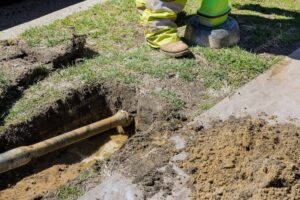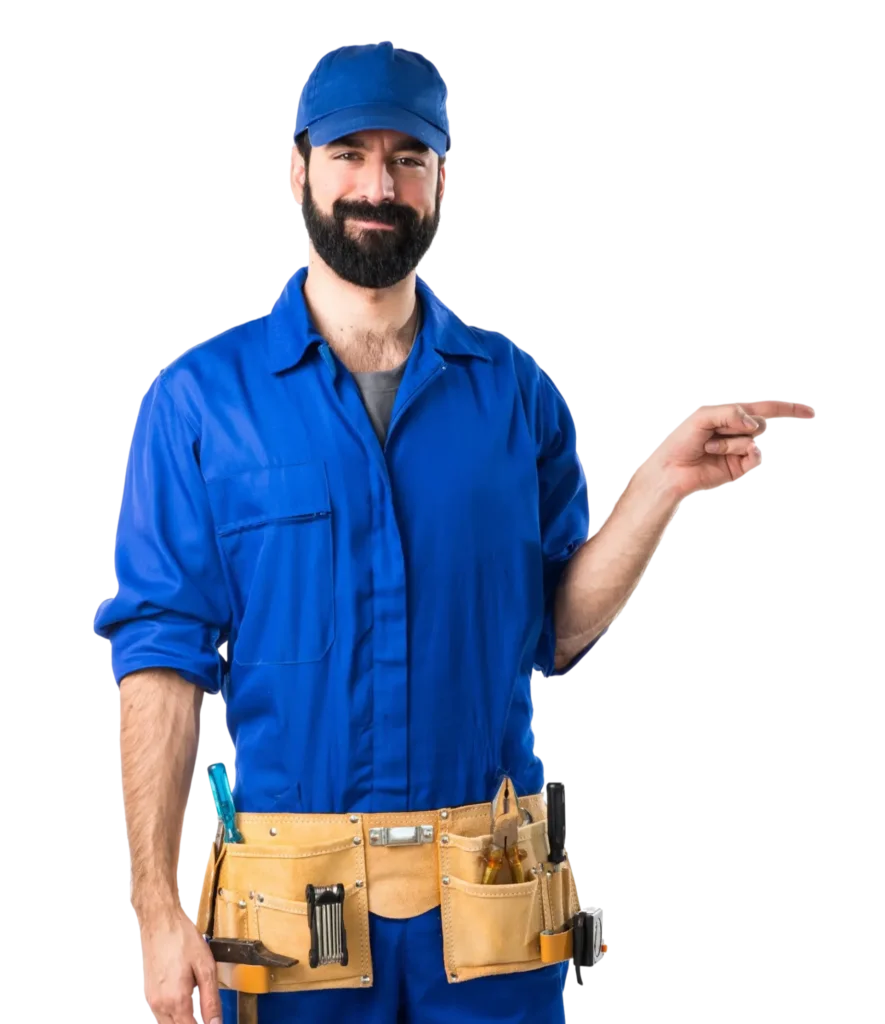By addressing pipe repair and maintenance challenges, conducting regular inspections, and educating homeowners, communities can ensure the safety and comfort of residents while preserving property values and fostering a sense of well-being.
Homeowner Associations (HOAs) play a pivotal role in maintaining the infrastructure and well-being of residential communities. One of the most critical aspects of community upkeep often overlooked is pipe repair and maintenance. Managing pipes in multi-unit properties can be challenging due to the complexity of the systems and the diverse needs of homeowners.
In this comprehensive guide, we will delve into the challenges faced by HOAs in maintaining their plumbing systems, highlight the importance of regular pipe inspections, and provide a roadmap for creating an effective pipe maintenance plan. By educating homeowners about preventive measures and strengthening plumbing infrastructure, communities can ensure their residents enjoy safe and comfortable living spaces.
Challenges in Maintaining Multi-Unit Properties
1. Diverse Infrastructure: Multi-unit properties often have diverse plumbing infrastructures, including water supply, drainage, and sewage systems. These variations make it challenging to standardize maintenance procedures, as each unit may have unique requirements.
2. Age of the Property: Older communities may have aging plumbing systems that require more frequent maintenance and repair. Keeping up with these demands can strain an HOA’s budget, especially when dealing with unexpected breakdowns.
3. Budget Constraints: HOAs must balance their budgets to cover maintenance expenses, and competing financial priorities can lead to neglect of plumbing systems. Finding the right allocation for plumbing maintenance can be a delicate task.
4. Resident Expectations: Residents have high expectations for the functionality and aesthetics of their homes. Plumbing issues can lead to dissatisfaction and conflicts within the community, affecting the overall harmony of the neighborhood.
Importance of Regular Inspections and Pipe Repair
Regular inspections and pipe repair are the cornerstone of effective pipe maintenance for HOAs. Here’s why they are crucial:
1. Preventing Costly Repairs: Routine inspections can detect minor issues before they escalate into costly repairs. Addressing problems early can save the community money in the long run and help maintain a balanced budget.
2. Ensuring Resident Safety: Faulty pipes can lead to leaks, water damage, and even health hazards due to mold or contaminated water. Inspections help identify potential risks and mitigate them promptly, ensuring the safety of all residents. Plumbers also offer different services, such as trenchless sewer repair and slab leak repair. Thus, they can help fix the problem and prevent it from getting worse.
3. Compliance with Regulations: Meeting local building and plumbing codes is essential to avoid legal issues and maintain the community’s reputation. Regular inspections ensure that the community remains compliant with these regulations.
4. Preserving Property Value: A well-maintained plumbing system contributes to the overall property value of the community. Maintaining this value is beneficial to all homeowners, as it can affect their investments and resale values.
Creating a Pipe Maintenance Plan for HOAs
To establish an effective pipe maintenance plan, HOAs can follow these steps:
1. Conduct a Comprehensive Assessment: Begin by assessing the entire plumbing infrastructure within the community. Identify areas of concern, such as high-risk zones or older pipes. This assessment should include individual units and common areas.
2. Budget Appropriately: Allocate a portion of the HOA’s budget specifically for plumbing maintenance. This ensures that funds are available when needed, reducing the risk of budget constraints affecting vital repairs.
3. Schedule Regular Inspections: Set up a schedule for routine inspections. Depending on the age and condition of the plumbing system, these may be annual or more frequent. Frequent inspections can help identify issues promptly.
4. Prioritize Preventive Maintenance: Focus on preventive maintenance to minimize the occurrence of issues. This includes tasks like cleaning drains, checking for leaks, and inspecting water heaters. Preventive measures can extend the lifespan of the plumbing system.

Educating Homeowners About Preventive Measures
Educating homeowners about their role in pipe maintenance is essential. Here’s how to go about it:
1. Distribute Information: Provide homeowners with informative materials about the plumbing systems in their homes. Explain how they can contribute to maintenance efforts, such as reporting leaks promptly and avoiding flushing non-biodegradable items.
2. Offer Workshops and Seminars: Host workshops or seminars on pipe repair and plumbing maintenance. Invite experts to discuss common issues and preventive measures. These events can empower residents with knowledge.
3. Create an Online Resource: Develop a dedicated section on the HOA’s website where residents can access plumbing maintenance tips, FAQs, and contact information for plumbing professionals. An online resource ensures that information is readily available.
Strengthening Plumbing Infrastructure in Communities
To enhance the plumbing infrastructure in your community, consider these steps:
1. Upgrade Older Pipes: Identify and prioritize the replacement of aging pipes. Newer materials are often more durable and have a longer lifespan. This upgrade can significantly reduce the risk of frequent breakdowns. If pipe repair is required, call for professional plumbers immediately.
2. Install Smart Plumbing Systems: Explore the use of smart technology in plumbing systems. These systems can monitor water usage, detect leaks, and provide real-time data to homeowners and the HOA. Smart systems can help with proactive maintenance.
3. Implement a Water Conservation Program: Encourage residents to reduce water usage through water-efficient fixtures and appliances. HOAs can also initiate water conservation campaigns, which benefit both the community and the environment.
4. Regularly Maintain Common Areas: Maintain the plumbing systems in common areas such as clubhouses, swimming pools, and recreation centers. These areas are frequently used and should be in excellent condition to ensure resident satisfaction.
Conclusion
Pipe maintenance is an integral part of preserving the quality of life and property values within homeowner associations. Challenges may arise due to diverse infrastructure, budget constraints, and resident expectations, but with a well-structured maintenance plan, these issues can be effectively managed. Regular pipe inspections, budget allocation, and preventive maintenance are key elements of such a plan. Moreover, educating homeowners about their role in maintenance and investing in plumbing infrastructure upgrades can contribute to the long-term health and sustainability of the community. By focusing on these aspects, HOAs can ensure that their residents enjoy safe and comfortable living spaces while protecting their property investments and promoting community well-being. Contact us for more information about pipe repair or maintenance.




